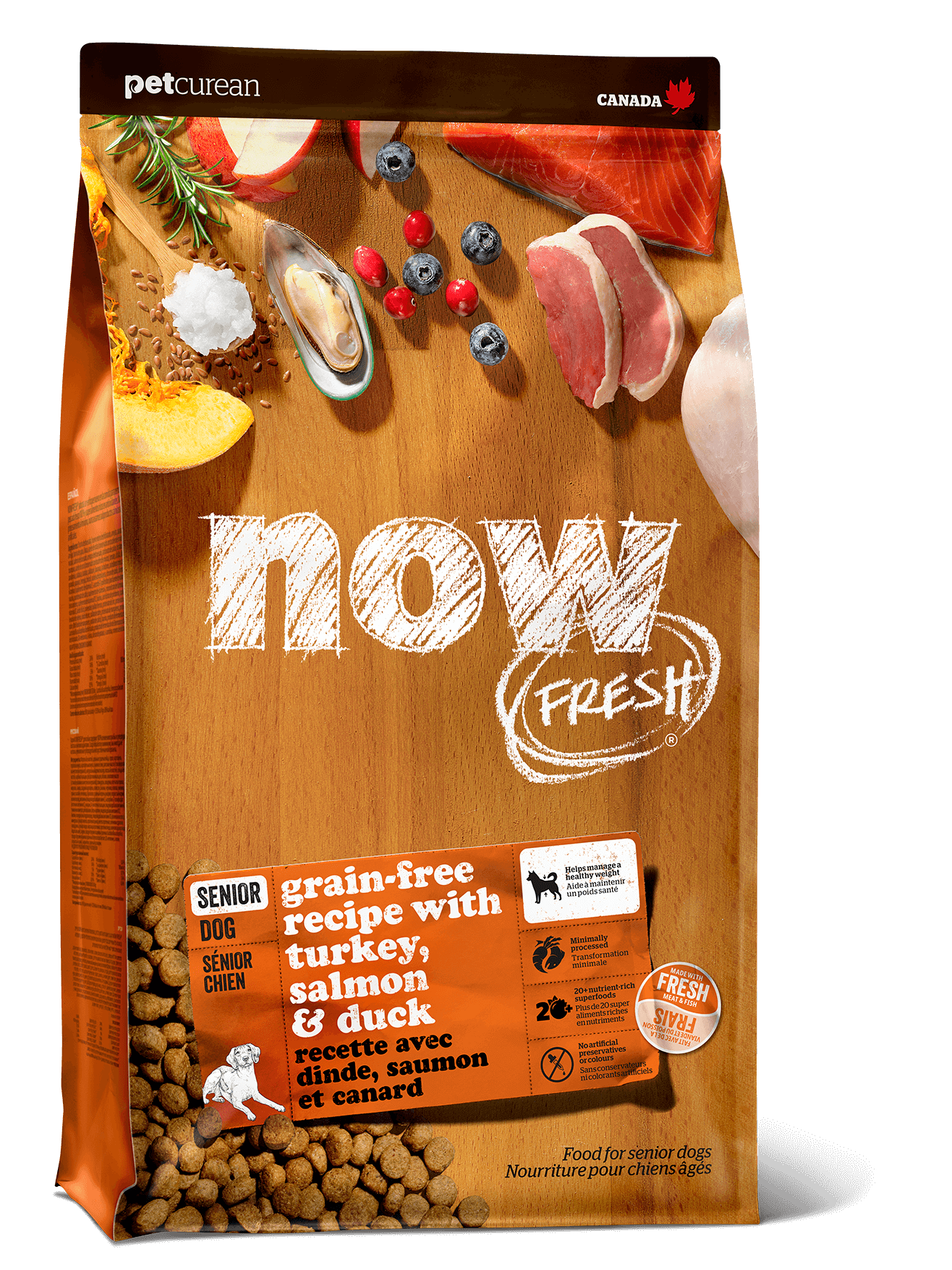Is my pet overweight?

How do you tell if your dog or cat is overweight?
As a general rule of thumb you should be able to see a waist when you look down on top of your dog or cat and you should be able to feel it too. Run your hand along its abdomen from its ribs to its pelvis and it should be indented.
You should also be able to feel the ribs. There should be a slight amount of fat over them, but each rib should be distinct. She should not be so thin that her spine, shoulders and hips stick out, but you shouldn’t have to really search to find them either! If you can see the ribs, your pet is too thin. If you cannot feel them at all, your pet is very overweight.
Lastly look at your pet from the side. The area behind the ribs should be smaller in diameter than the chest. This can vary a lot between breeds. Deep chested dogs for instance will have a much more distinct difference between chest and waist. Overweight animals will look the same from chest to waist.
If you think that your dog or cat may be overweight or underweight, check with your vet. There may be medical reasons why your pet’s weight is not ideal, so you need to check that first. Then look at your pet’s activity level and the amount you are feeding. You may also consider a weight management food or one that will help put on some weight as the case may be.
The important thing is to ensure your pet is kept at her best weight to reduce the chances of health issues.
So, how is your pet’s weight?


If you are looking for a Weight Management food, try the NOW Fresh Grain Free Senior/Weight Management recipes:

Senior/Weight Management for dogs

Senior/Weight Management for small breed dogs

